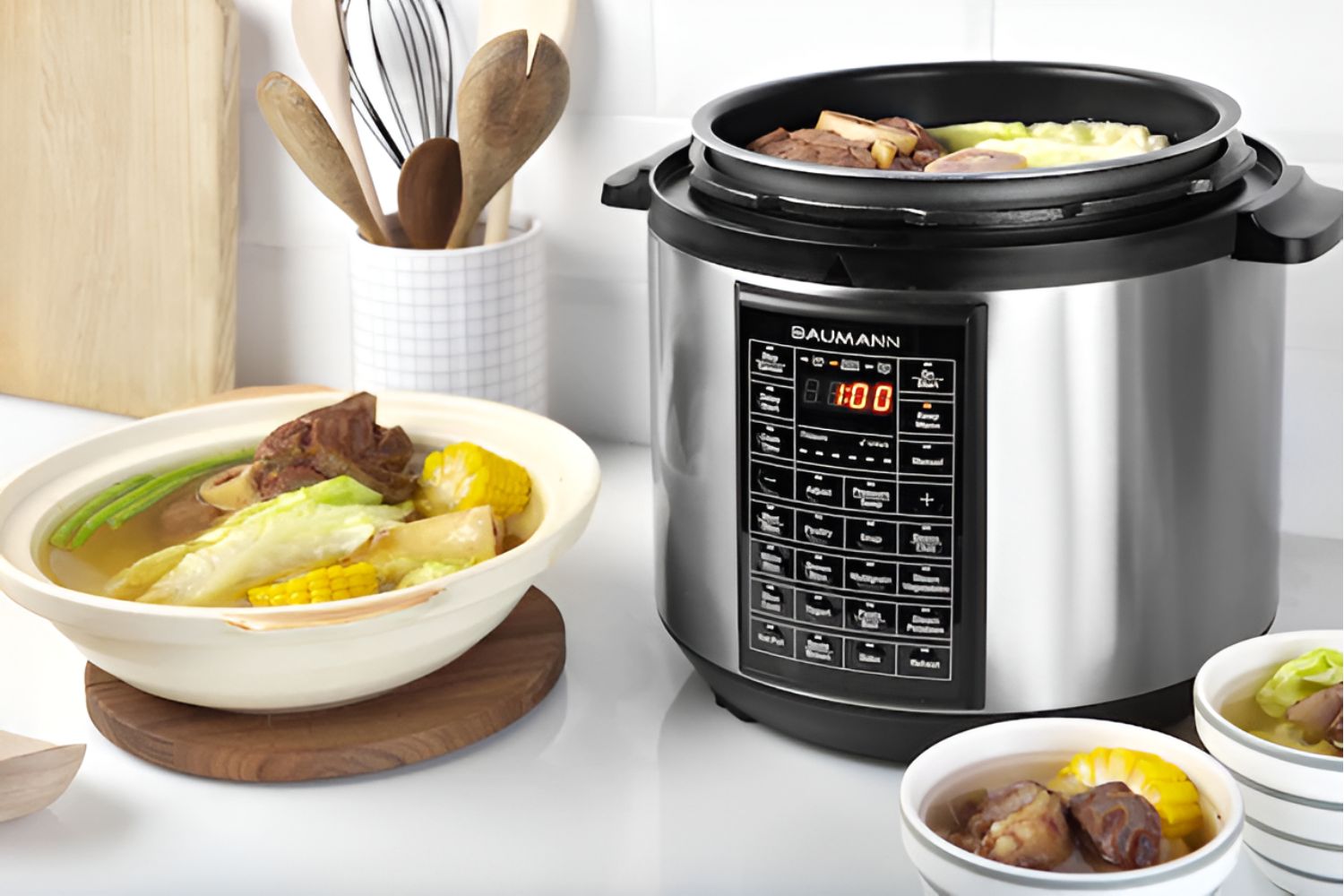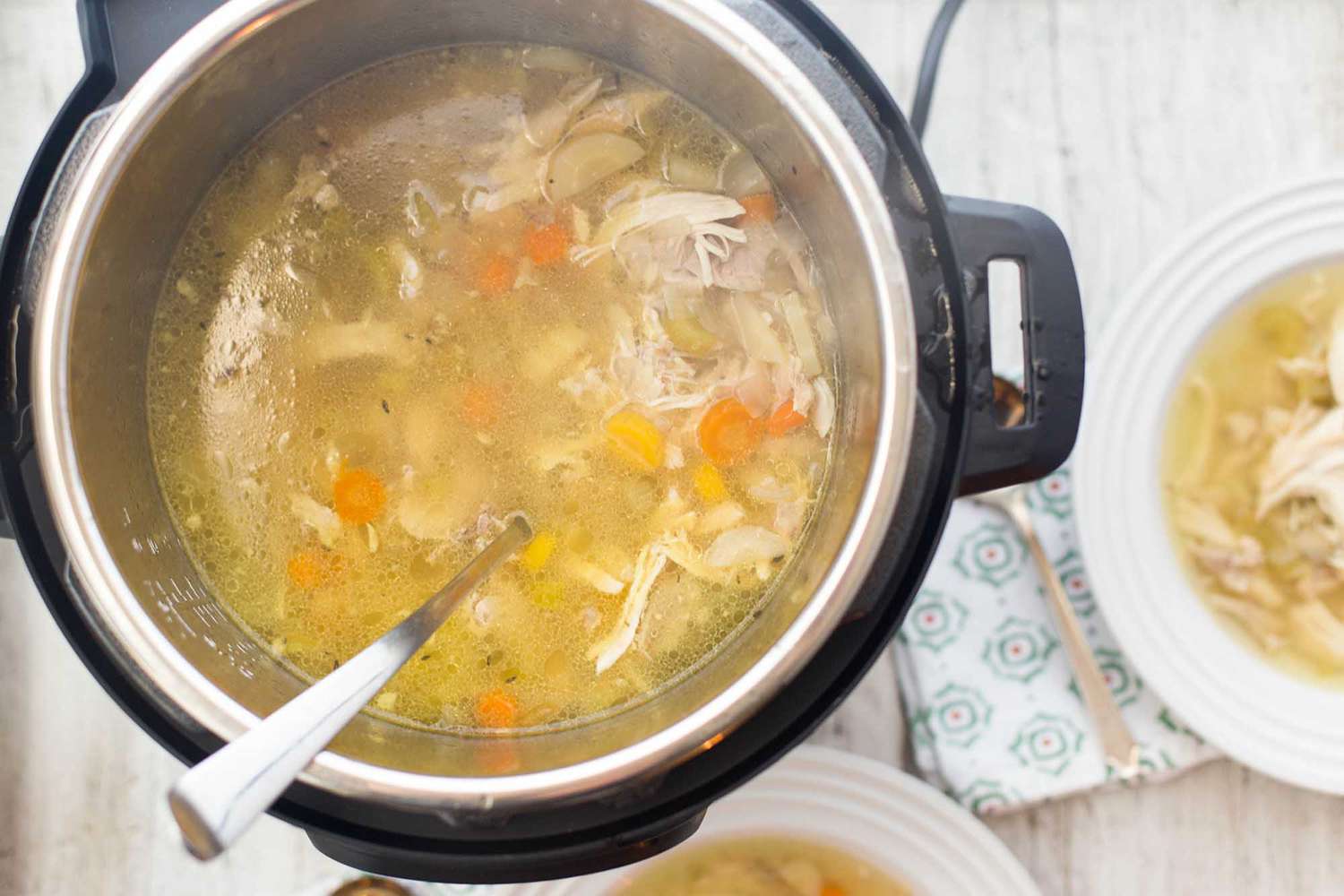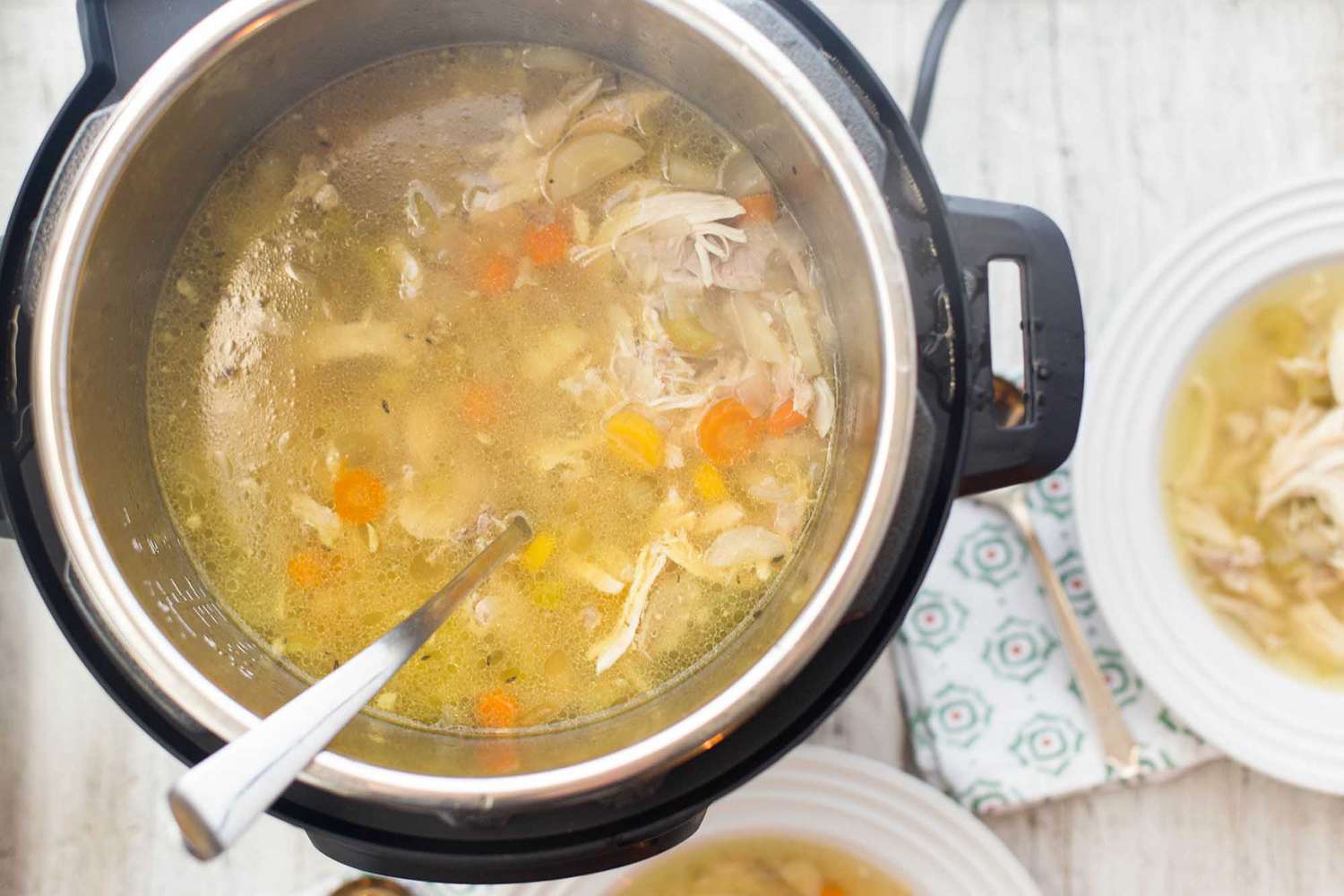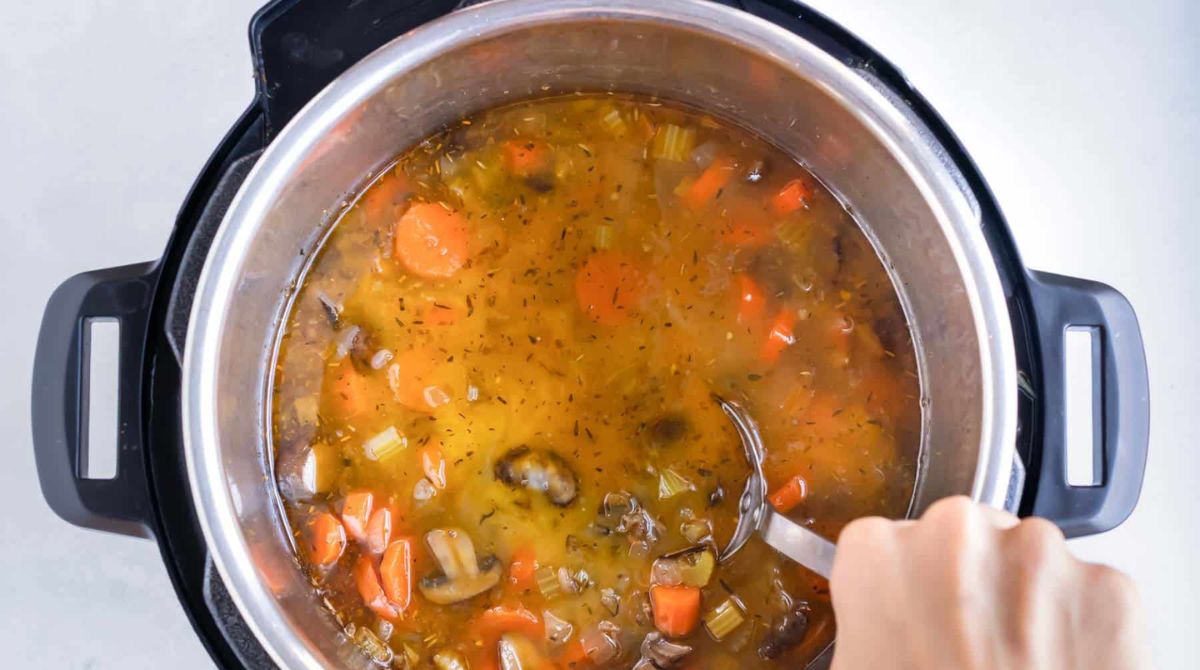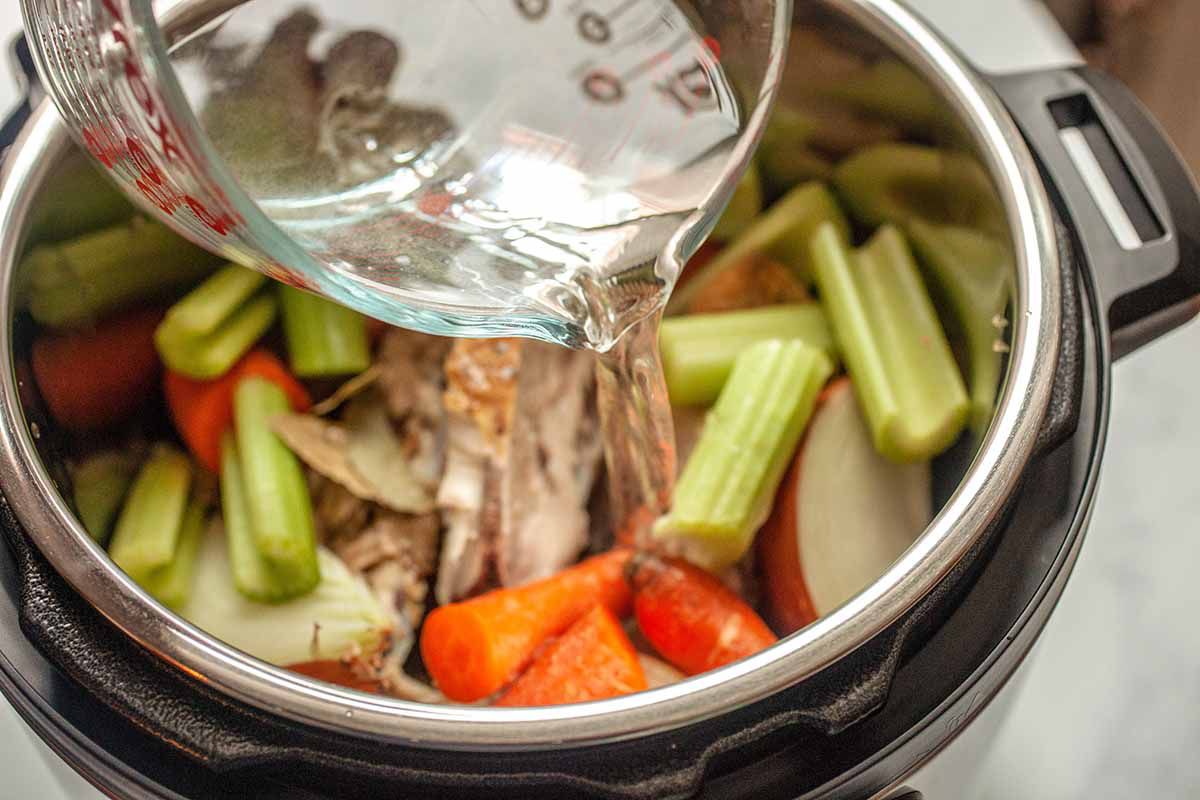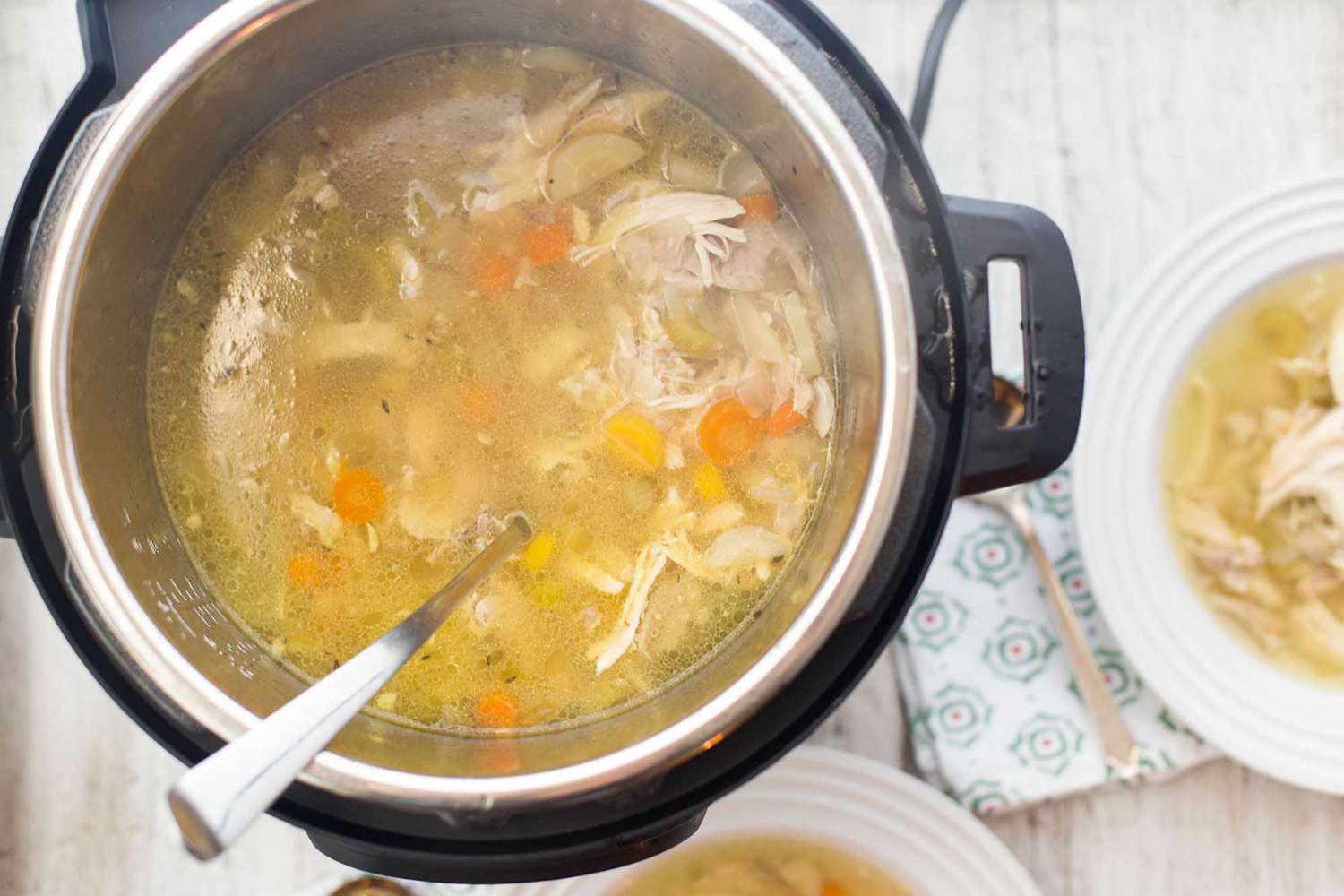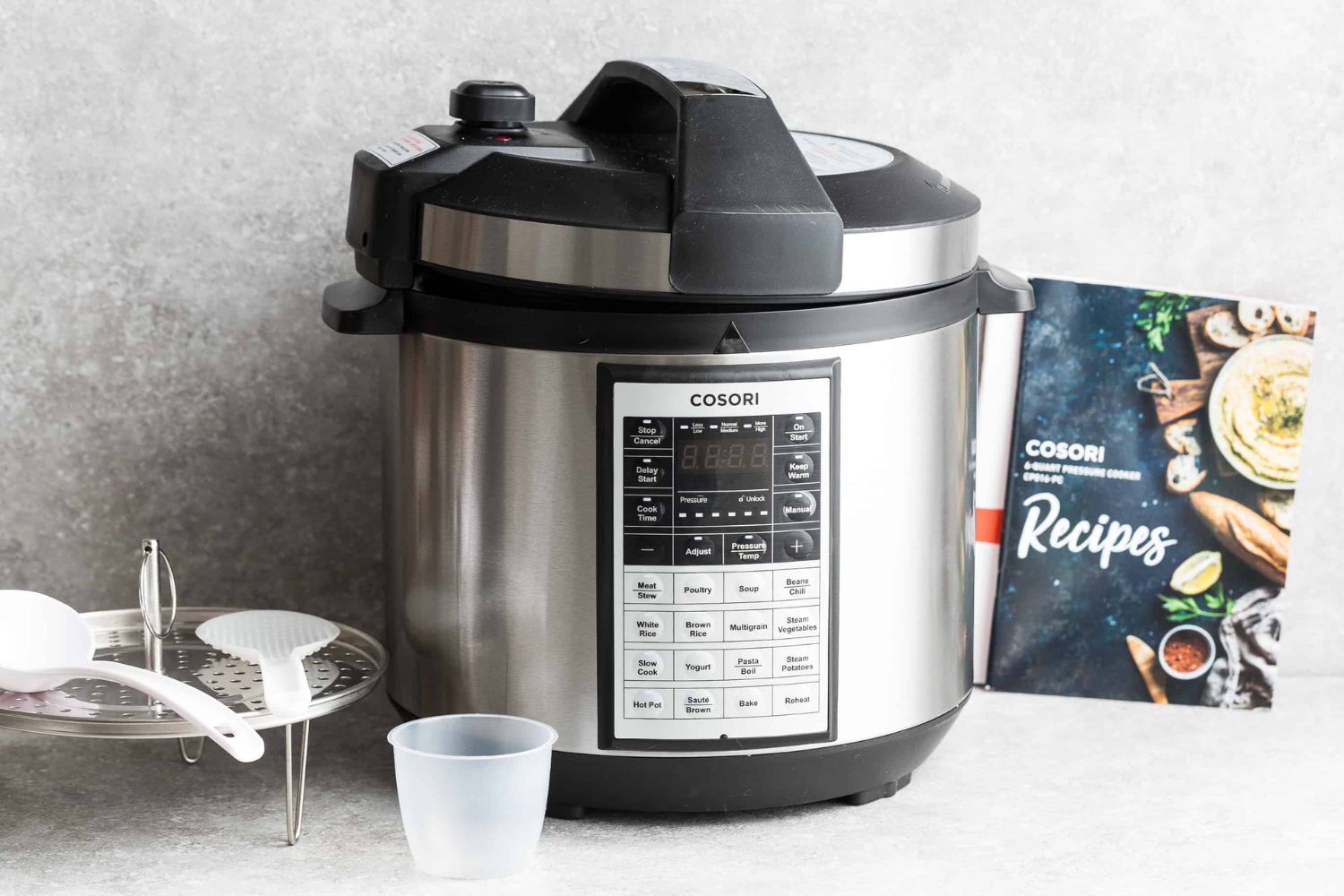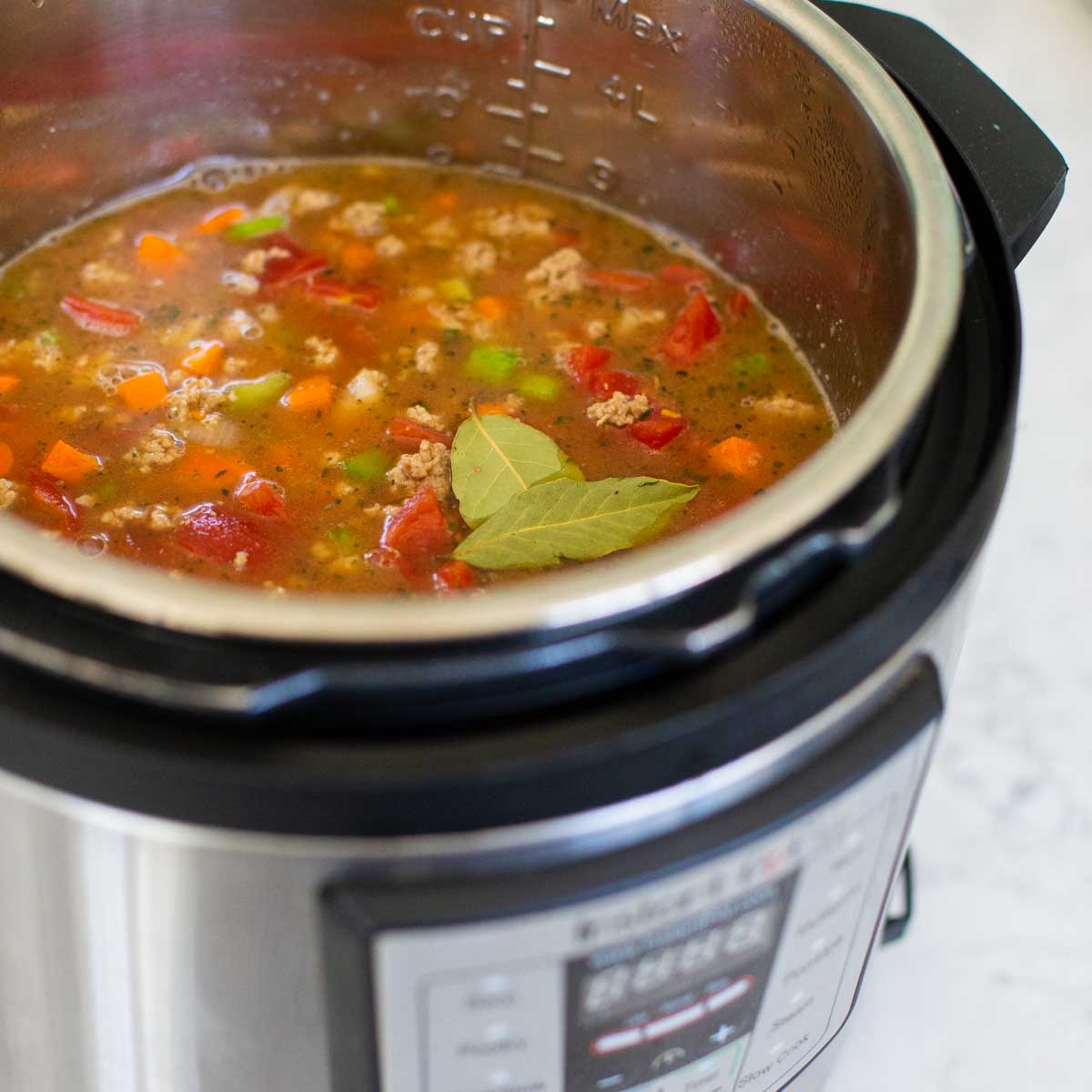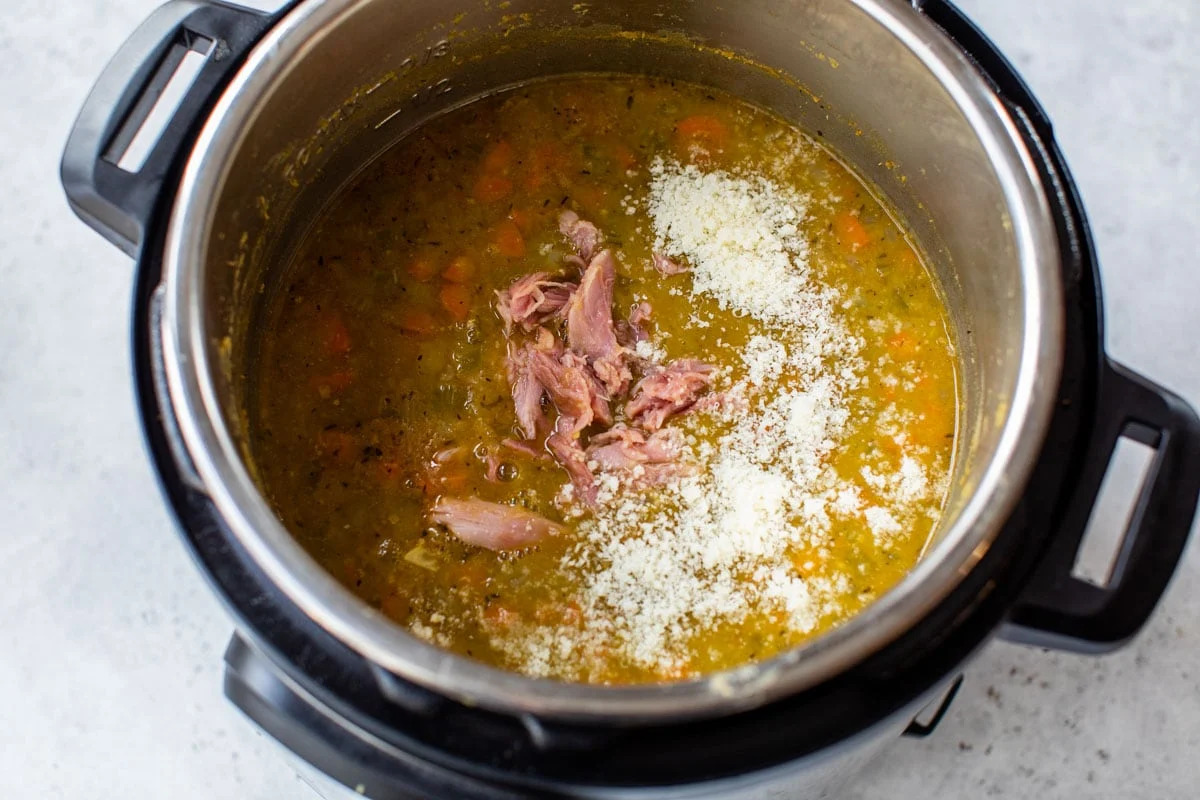Introduction
When it comes to cooking soup, an electric pressure cooker can be a game-changer. With its ability to cook dishes faster and retain more flavors, it’s no wonder why many home chefs are turning to electric pressure cookers for their soup-making needs. Whether you’re a seasoned cook or a beginner in the kitchen, understanding how long to cook soup in an electric pressure cooker is crucial to achieving that perfect, flavorful bowl.
But cooking soup in an electric pressure cooker is not as simple as setting the timer and walking away. There are several factors to consider, such as the ingredients used and the desired texture of the soup. In this article, we will explore these factors and give you recommended cooking times for common soup ingredients. We’ll also share some valuable tips to help you achieve the best results when cooking soup in your electric pressure cooker.
Before we delve into the details, it’s important to note that different electric pressure cookers may have slight variations in cooking times and settings. Therefore, it’s always a good idea to consult the user manual or cooking guide that came with your specific model. This will ensure that you are utilizing the correct settings and cooking times for your soup recipes.
Now, let’s get ready to unlock the full potential of your electric pressure cooker and create delicious, homemade soups that will impress your family and friends!
Factors to Consider when Cooking Soup in an Electric Pressure Cooker
When it comes to cooking soup in an electric pressure cooker, there are a few key factors to keep in mind to ensure optimal results. Understanding and considering these factors will help you achieve the perfect texture, flavor, and consistency in your soup. Let’s explore these factors in detail:
- Type of Ingredients: The type and size of ingredients you use in your soup will impact the cooking time. Larger cuts of meat or root vegetables will require longer cooking times, while smaller pieces will cook faster. It’s important to cut the ingredients into uniform sizes to ensure even cooking.
- Density of Ingredients: Ingredients with a higher density, such as beans or grains, will require longer cooking times compared to lighter ingredients like vegetables or seafood. This is because denser ingredients take longer to soften and absorb flavors.
- Volume of Liquid: The amount of liquid in your soup is crucial in an electric pressure cooker. The cooker needs sufficient liquid to build pressure and create steam for cooking. Be mindful of the minimum and maximum fill line indicated in your cooker’s manual to prevent any issues during the cooking process.
- Release Method: There are two main release methods in an electric pressure cooker: natural release and quick release. Natural release allows the pressure to come down gradually, which is ideal for delicate ingredients or thicker soups. Quick release is faster but can cause rapid boiling and overcooking of certain ingredients. Choose the appropriate release method based on your recipe and ingredients.
- Seasoning and Spices: Flavors can intensify when cooking with an electric pressure cooker. Keep this in mind when adding seasoning and spices to your soup. It’s best to start with moderate amounts and adjust to taste after cooking. Remember, you can always add more seasoning but cannot take it away.
By considering these factors, you can tailor your cooking process to achieve the desired texture, flavor, and consistency in your soup. Experimenting with different ingredients and techniques will help you find the perfect balance and enhance the overall taste of your soups.
Recommended Cooking Times for Common Soup Ingredients
Now that we’ve discussed the factors to consider, let’s dive into the recommended cooking times for common soup ingredients in an electric pressure cooker. Keep in mind that these cooking times are general guidelines and may vary slightly depending on your specific cooker and preferences. Here are some essential ingredients and their recommended cooking times:
- Meat: Depending on the cut and type of meat, cooking times can vary. For tender meats like chicken or pork, around 8-10 minutes of high pressure cooking should suffice. For tougher cuts like beef stew meat, it may take closer to 20-25 minutes.
- Vegetables: Vegetables generally have a shorter cooking time. Leafy greens like spinach or kale will need just a minute or two, while root vegetables such as potatoes or carrots may take around 5-7 minutes.
- Legumes: Dried legumes like beans or lentils may require longer cooking times compared to canned ones. Soaked legumes can take anywhere from 10-15 minutes, while unsoaked ones may need around 20-25 minutes to become tender.
- Seafood: Delicate seafood like shrimp or fish fillets will cook in a matter of minutes, around 3-5 minutes under high pressure. Be careful not to overcook them, as they can become rubbery.
- Grains: Cooking times for grains, such as rice or quinoa, can range from 3-10 minutes depending on the type and desired texture. Quick-cooking grains like couscous will need just a couple of minutes.
It’s important to adjust the cooking times based on your personal preferences and the specific recipe you’re following. Always refer to the manufacturer’s instructions and cooking charts that come with your electric pressure cooker for more precise cooking times for different ingredients.
With these recommended cooking times, you can confidently prepare a variety of soups using your electric pressure cooker. Keep experimenting and adapting the cooking times based on your taste preferences until you achieve the desired results.
Tips for Cooking Soup in an Electric Pressure Cooker
Now that you have an understanding of the factors and cooking times, let’s explore some valuable tips to make your soup cooking experience in an electric pressure cooker even better:
- Layer ingredients correctly: To avoid a burnt bottom or uneven cooking, it’s important to layer your ingredients properly. Place denser ingredients like meat or root vegetables at the bottom, and lighter ingredients like leafy greens or seafood on top.
- Use the sauté function: Utilize the sauté function on your electric pressure cooker to brown or sear meat before pressure cooking. This technique enhances the flavor and texture of the meat.
- Don’t overfill the cooker: It’s essential to follow the maximum fill line indicated in your cooker’s manual. Overfilling can lead to clogging, uneven cooking, and potential safety risks.
- Preheat the cooker: To expedite the cooking process, preheat your electric pressure cooker before adding the ingredients. This will help build pressure faster and reduce overall cooking time.
- Use natural release for thick soups: If your soup is thick and contains starches like beans or grains, opt for natural release to prevent the soup from splattering and clogging the pressure valve. This gradual release method helps maintain consistency.
- Adjust seasoning after cooking: Flavors can intensify during pressure cooking, so it’s important to taste and adjust the seasoning of your soup after it’s done cooking. Add more herbs, spices, or salt as needed.
- Let soup rest before serving: Allow the soup to rest for a few minutes after releasing pressure before serving. This allows the flavors to meld together and the soup to thicken slightly.
- Use the “keep warm” function: Most electric pressure cookers have a “keep warm” function that can be handy for soups. This feature maintains the temperature of the soup without overcooking it, ideal for serving multiple servings or for a prolonged mealtime.
By following these tips, you can make the most out of your electric pressure cooker and create delicious, flavorful soups effortlessly. Remember, practice makes perfect, so don’t be afraid to experiment and adjust cooking techniques to suit your preferences.
Conclusion
Cooking soup in an electric pressure cooker is a convenient and time-saving method that allows you to create flavorful and nutritious dishes with ease. By considering factors such as the type and density of ingredients, volume of liquid, and release method, you can achieve the perfect texture and taste in your soups.
Remember to follow recommended cooking times for commonly used soup ingredients, making adjustments based on personal preferences and the specific recipe. It’s essential to consult the user manual and cooking charts provided with your electric pressure cooker to ensure accurate cooking times and settings.
Additionally, incorporating the tips mentioned above, such as layering ingredients correctly, using the sauté function, and utilizing the “keep warm” feature, can enhance your soup cooking experience and yield delicious results.
As you gain more experience with your electric pressure cooker, don’t be afraid to experiment with different ingredients, spices, and techniques. Adapt the cooking times and methods to suit your taste and desired consistency.
With proper understanding and practice, you’ll be able to unlock the full potential of your electric pressure cooker and create a variety of soups that will impress your family and friends.
So, go ahead and embrace the versatility and efficiency of an electric pressure cooker to take your soup-making skills to new heights. Enjoy the aromatic flavors, hearty textures, and time-saving benefits that this kitchen appliance has to offer!







